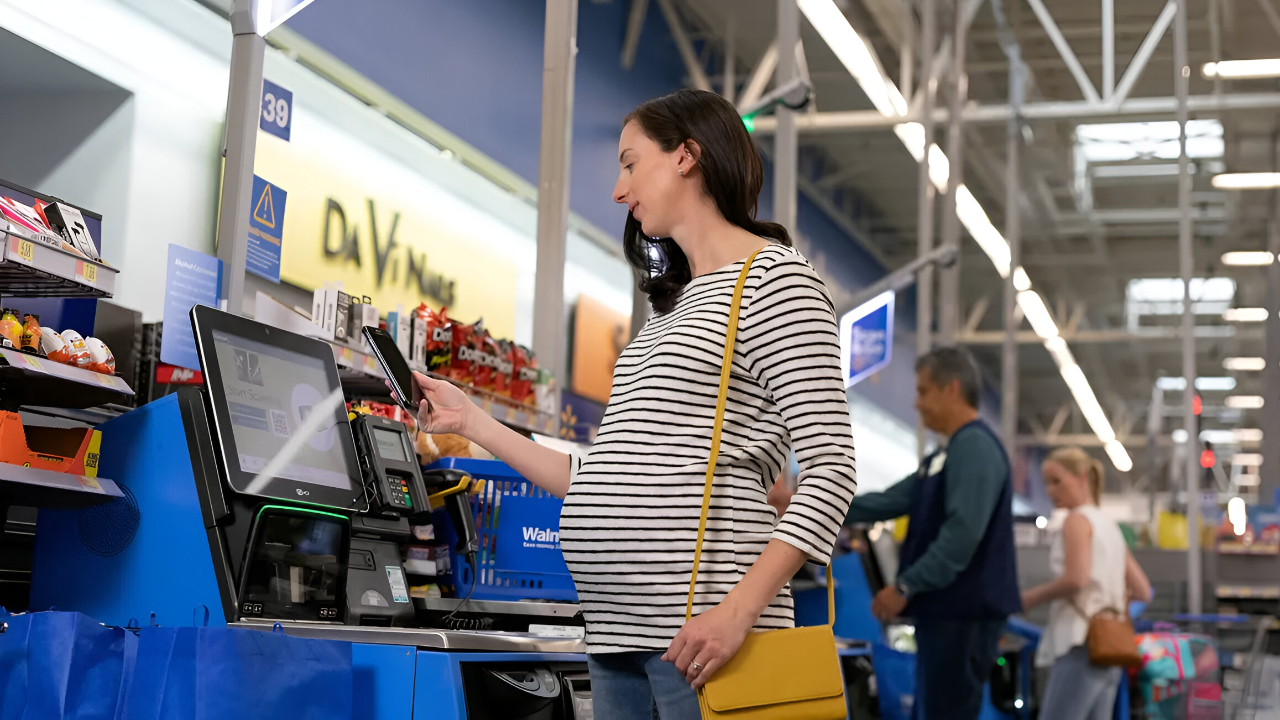
Walmart is facing unprecedented theft in the self-checkout era. Retailers saw a 93% jump in shoplifting incidents from 2019 to 2023, averaging 177 incidents per day in 2023.
Industry leaders call this a crisis, forcing the nation’s biggest retailer to reconsider how customers pay. Hard data underscore the scale: theft now routinely tops hundreds of cases daily.
Billions Lost to Theft
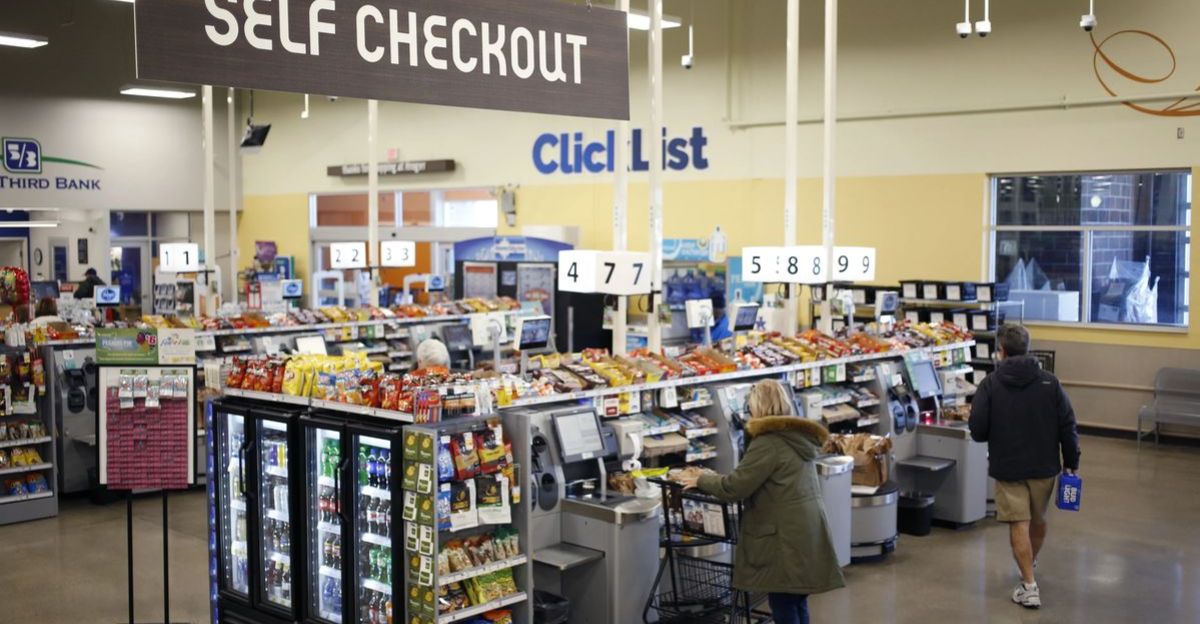
In 2023, 15% of customers admitted to stealing at self-checkout, and only one-third of those thieves were ever caught.
Gross shrinkage from these lanes can be 3–4 times higher than at staffed registers. Walmart alone loses an estimated $3 billion a year to theft. These staggering losses have executives questioning whether the convenience is worth the risk.
The Perils of Automation
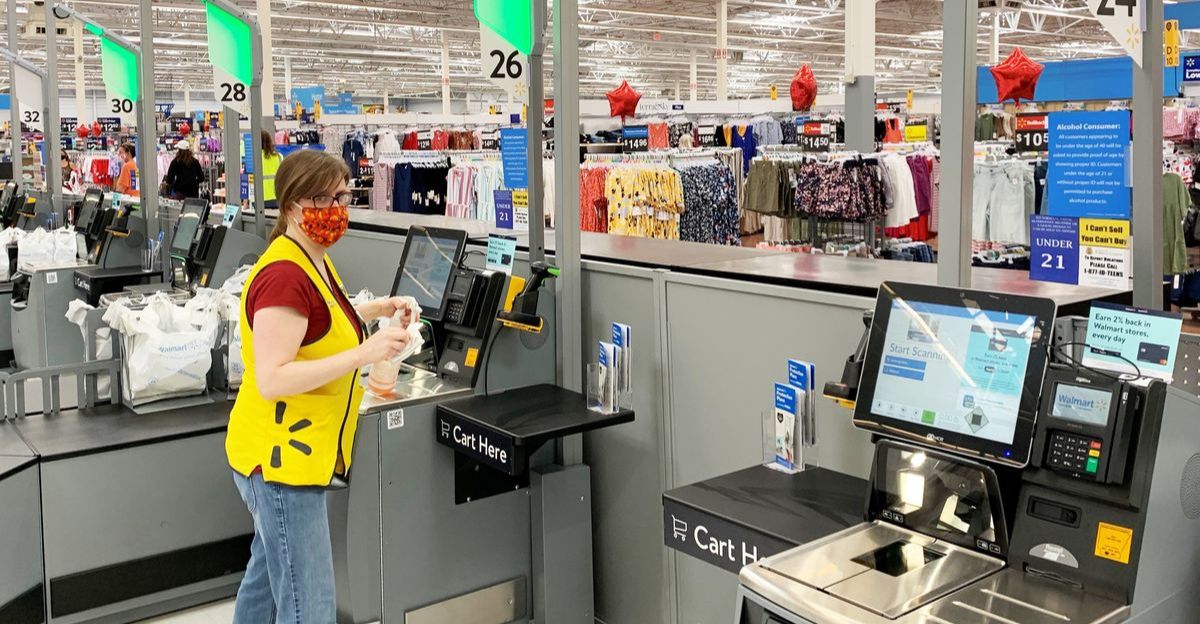
Retailers nationwide rolled out self-checkouts for speed and savings. In fact, nearly 96% of U.S. grocery stores now offer them.
But these unmanned lanes became vulnerable. Without a cashier, even simple tricks—like mislabeling an item’s barcode—can let a thief walk away undetected. The result: added shrinkage and costly security headaches.
Evolving Theft Tactics
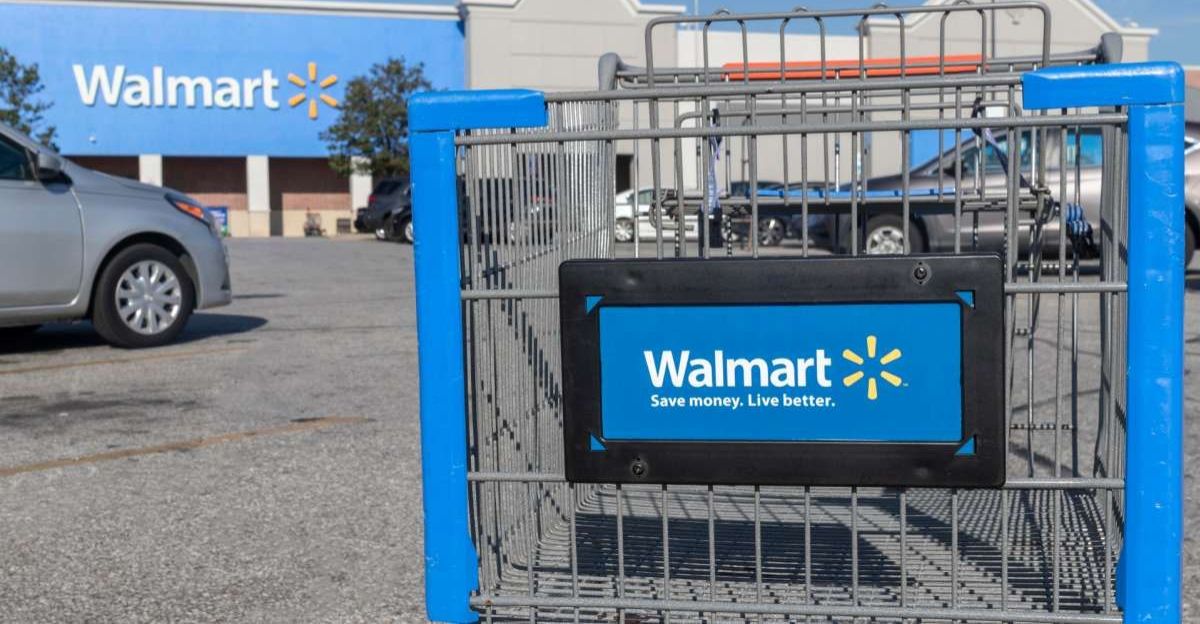
Innovative scammers have exploited these gaps. For example, a Tennessee woman used a watch battery barcode to scan dozens of items—jeans, boots, and more—for just $1 each.
Other thieves shave expensive barcodes off one product and stick them on another. Some even ring up a purchase, then cancel it mid-transaction to trick the machine into paying them. Social media is full of such how-to guides.
Missouri Store’s Bold Experiment
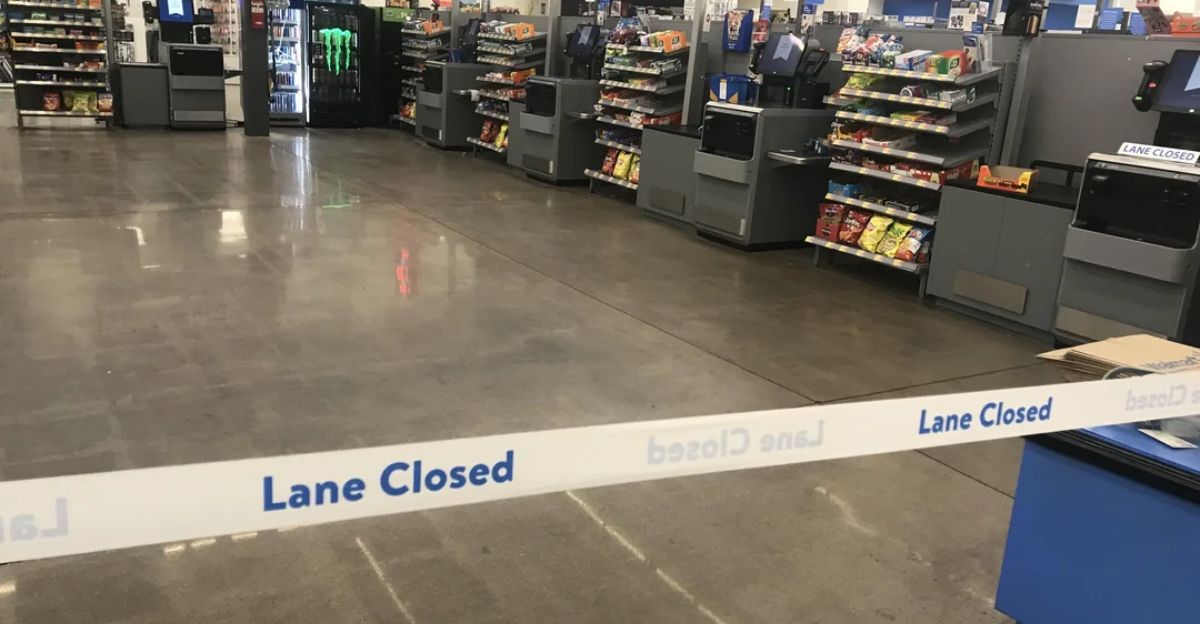
In April 2024, a Walmart Supercenter in Shrewsbury, Missouri, removed all self-checkouts.
The impact was dramatic. From Jan–May 2024 to the same period in 2025, police calls from that store fell from over 25% of citywide calls to just 11%. Shoplifting arrests and overall store crime nearly halved. “That’s a huge change,” Police Chief Lisa Vargas said.
Local Governments Respond

Inspired by Shrewsbury, Long Beach, CA became the first U.S. city to mandate staffed self-checkout. Its 2025 ordinance requires one employee per three machines and limits purchases to 15 items per customer.
Crucially, goods in lockboxes can’t be sold via self-service. In practice, grocers like Albertsons and Vons responded by shuttering self-checkout lanes rather than hiring extra staff.
Cashiers on the Front Lines
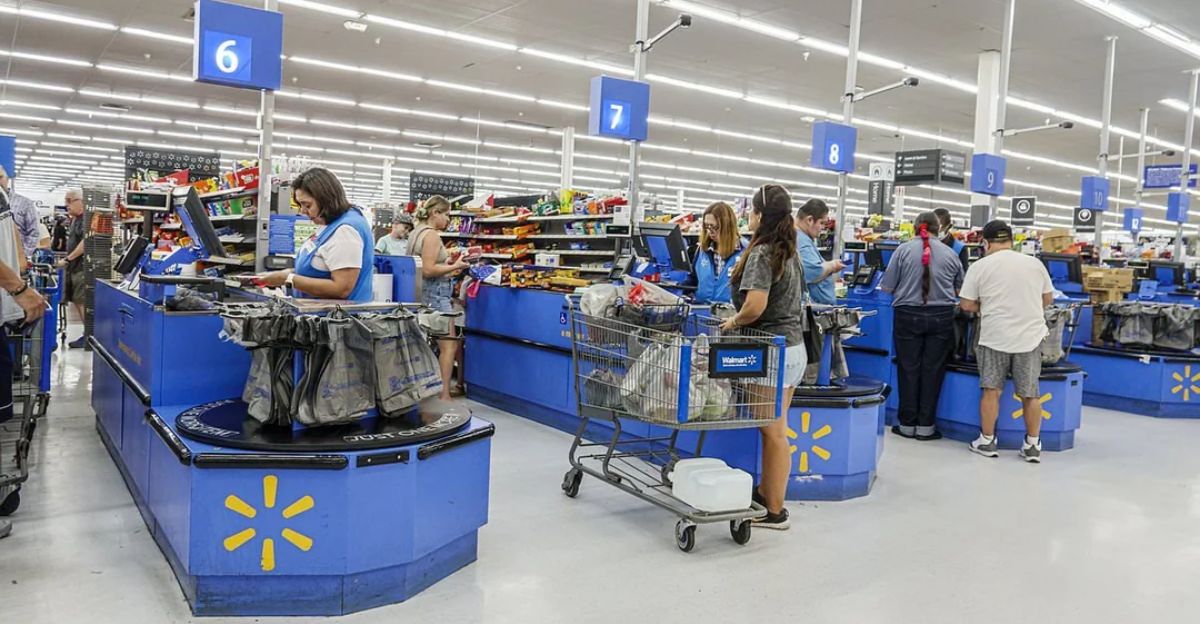
Citing the union perspective, grocery workers say human checkers prevent crime. “The checkers and the cashiers are on the front lines of this,” said UFCW 324 secretary-treasurer Matt Bell. “It really is necessary to provide them safety and security and better staffing”.
Many stores note that having real people at registers eases employee stress and deters theft more than lone kiosks ever could.
Wider Industry U-Turn
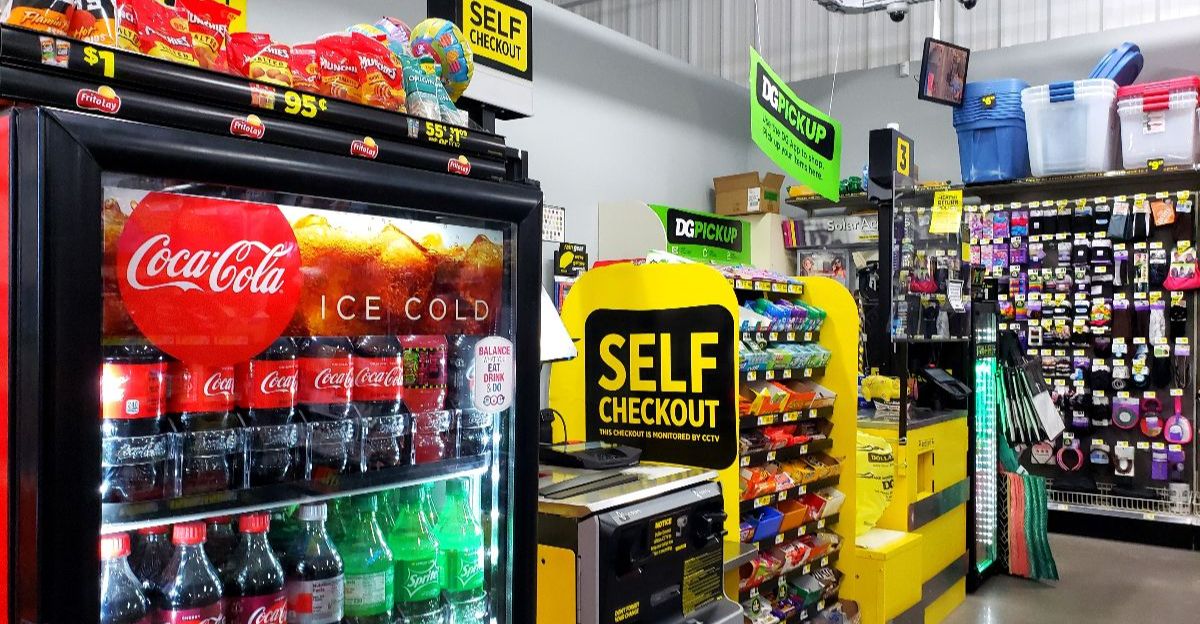
Dollar General’s CEO announced in mid-2024 that the discount chain would remove self-checkout from most of its 20,000+ stores. It had already disabled kiosks at 12,000 locations. The company expects these changes to “begin reducing shrink” by late 2024.
Target and others followed with item limits or staff rules; Costco still experiments but largely relies on manned lanes. The prior push for self-service is clearly rolling back.
AI to the Rescue — and Dilemma
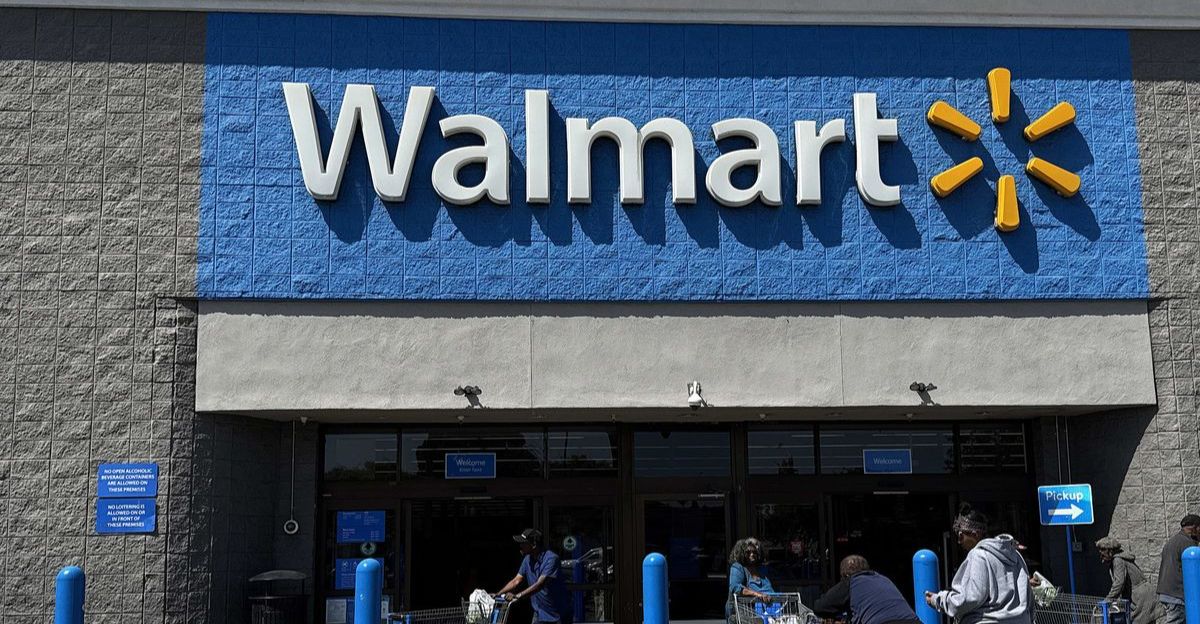
Walmart led tech countermeasures. Since 2017, it has used AI “Missed Scan Detection” cameras overhead to flag potential unpaid items. It also rolled out nearly invisible barcodes on store-brand goods for automatic scanning.
These innovations aim to catch thieves in real time, but implementing them at scale is costly, and clever shoplifters often find new loopholes.
Myth of the $98 Checkout Fee
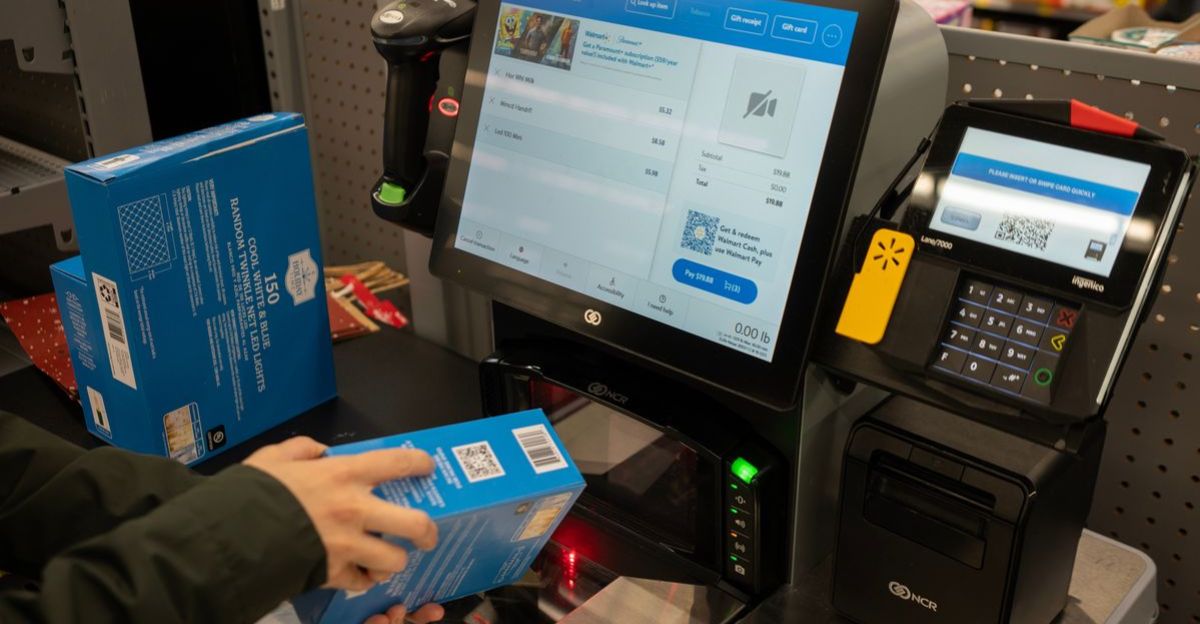
Reports circulated that Walmart was effectively charging $98 a year to allow customers to use self-checkout. In fact, the company says there is no such fee. A Reuters fact-check confirmed that self-checkout lanes are not exclusively for Walmart+ members.
Stores may reserve certain kiosks for app-scanning users during busy times, but any customer can use the lanes when available.
Shoppers Scramble for Answers
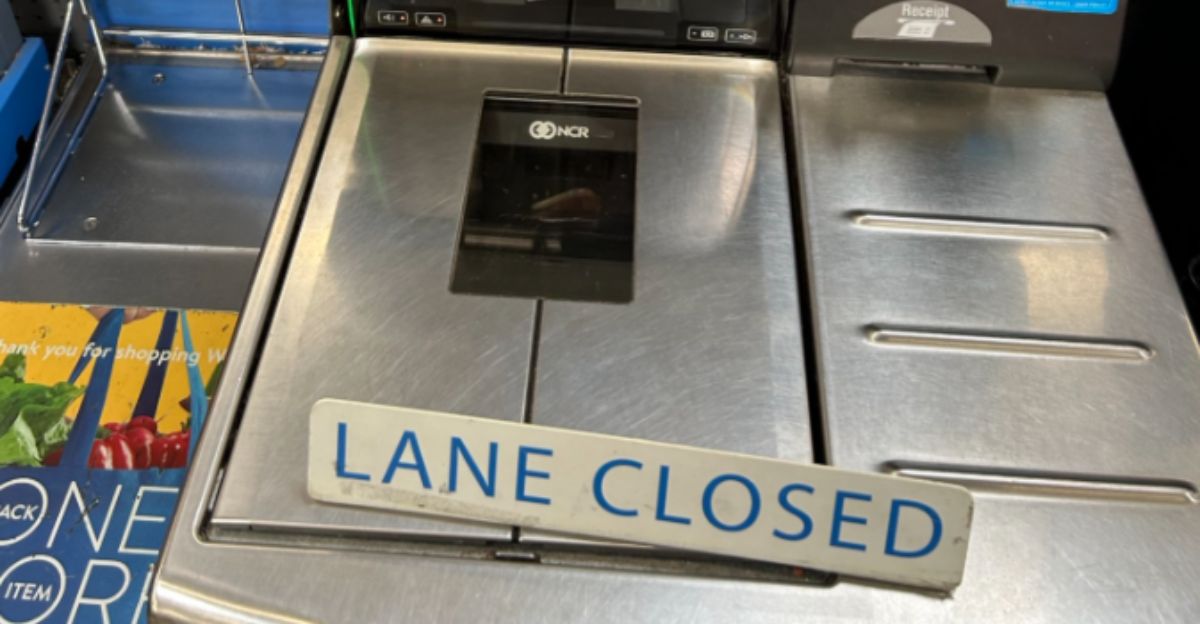
Many shoppers feel caught off guard. Long Beach resident Francilla Isaac said she often uses self-checkout but found nearly every lane closed: “I use it a lot when I’m just here to get a few items,” she said. “But all the stores are the same now, they have it closed”.
Such inconsistency—open lanes at some stores, locked down at others—is fueling customer frustration and driving some to competitors.
Retailers Push Back
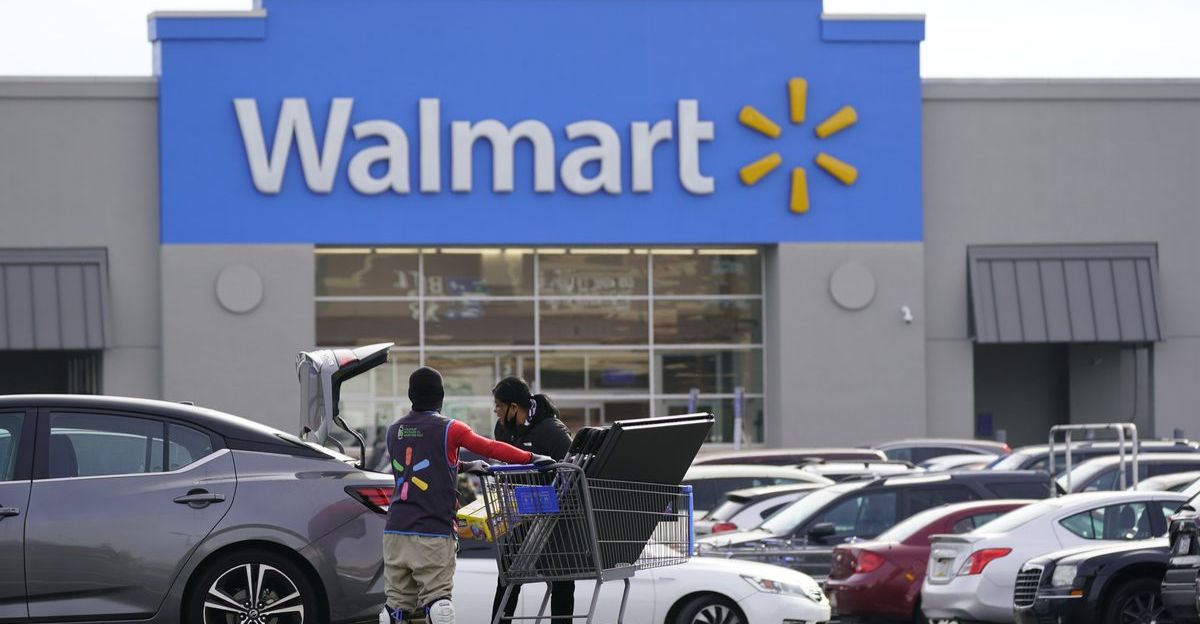
Grocery industry groups warn that mandates will backfire. California Grocers Association VP Nate Rose said Long Beach’s staffing rules “will ultimately damage self-checkout” because chains may just shut them down.
The California Retailers Association similarly cautioned about “unintended consequences,” with President Rachel Michelin arguing stores need flexibility to combat theft effectively. The trade groups stress that forced policies could increase prices and lines without solving the root problem.
Lifetime Store Bans
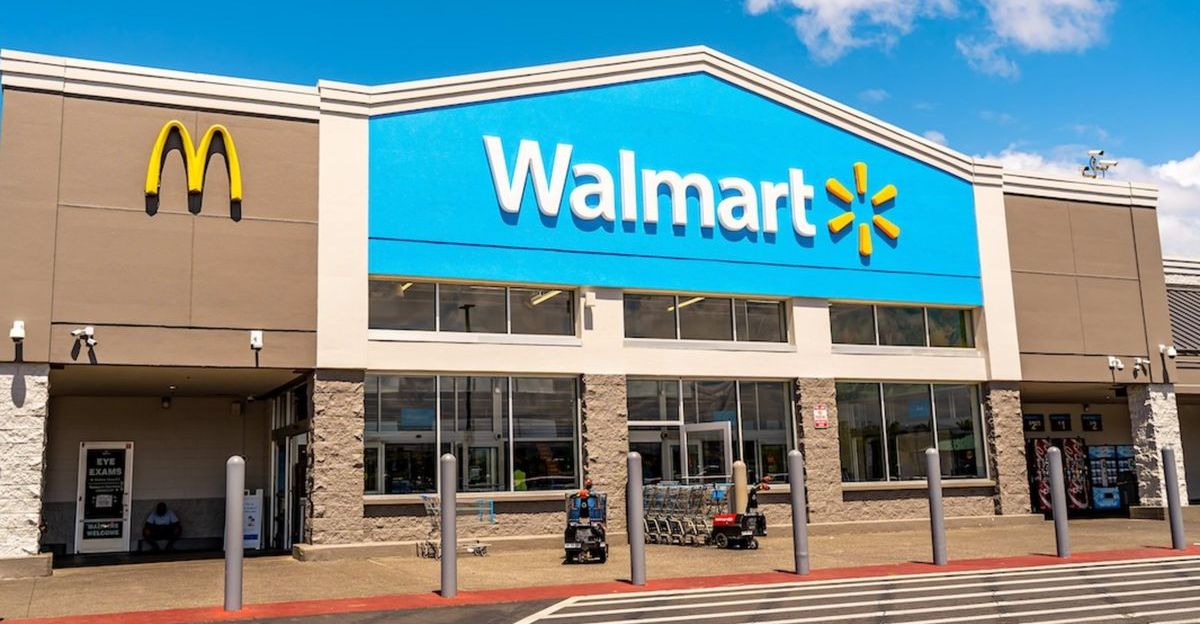
Walmart has begun issuing systemwide bans to deter repeat offenders. In Memphis, 37-year-old Ashley Cross was caught trying the same $137 barcode scam discussed above.
The company banned her from all ~4,600 U.S. stores “nationwide.” A Walmart spokesperson said such exclusions are rare but necessary when “someone is no longer welcome in our stores”. Walmart maintains a national database to block any shoplifter caught on video from re-entering other locations.
Counting Costs vs. Convenience
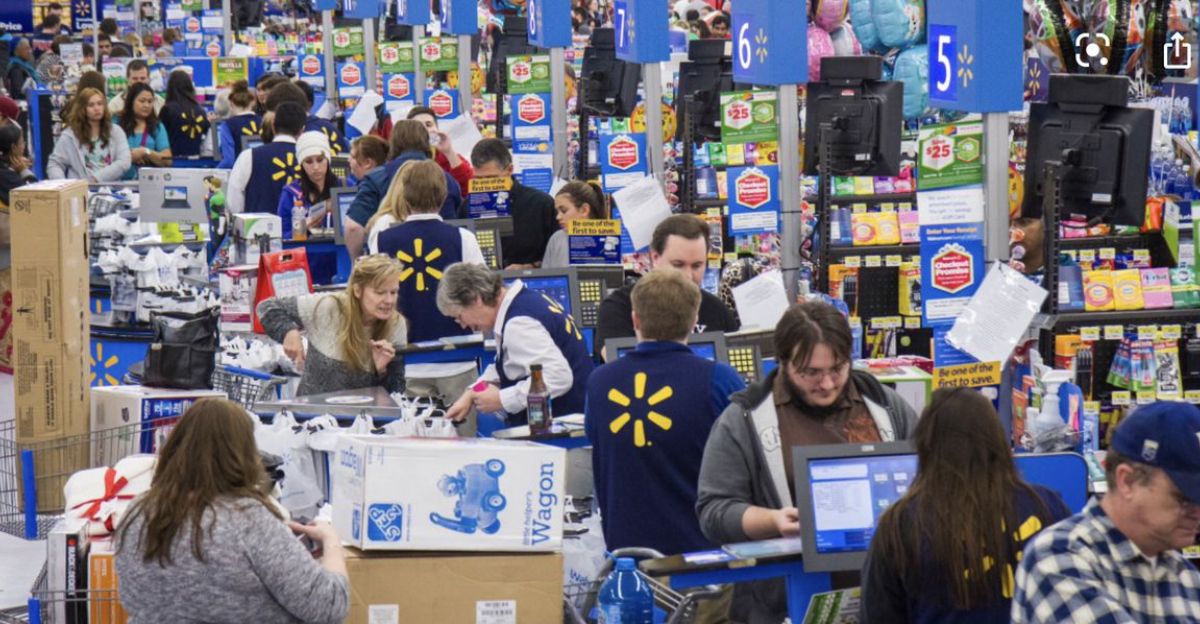
Retailers weigh labor savings against theft costs. A Walmart security blog notes the retailer loses an estimated $3 billion a year to shoplifting. Even with tech checks and locked cases, the remaining losses can wipe out payroll savings.
Walmart’s communications director, Charles Crowson, told PEOPLE that any changes are “based on… feedback, business needs, and shopping habits in the area”. Each store’s balance of cashiers vs. kiosks is now a local decision.
Retail’s Tipping Point
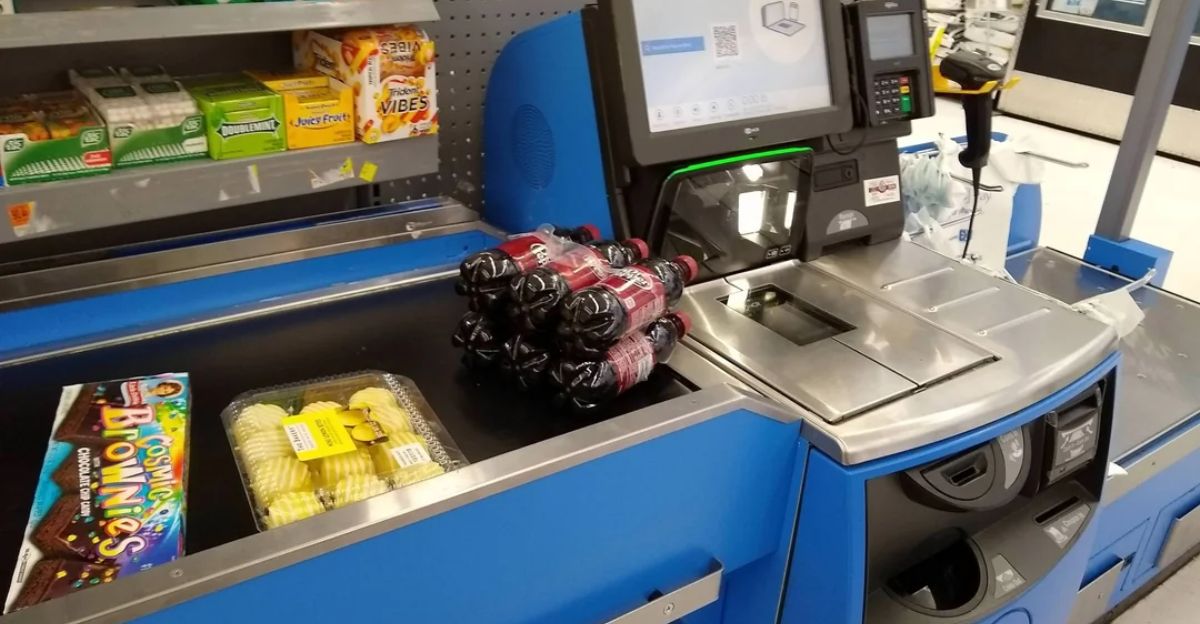
The self-checkout experiment has reached a tipping point. NRF reports that 91% of retailers now say shoplifting is more aggressive than before the pandemic. Many stores that eagerly adopted unattended checkouts are reinvesting in employees and security. Observers debate whether full self-service was a “failed innovation” or simply ahead of its time.
For now, store-by-store approaches prevail as companies hunt a new balance between efficiency and safety.
Fortifying the Stores
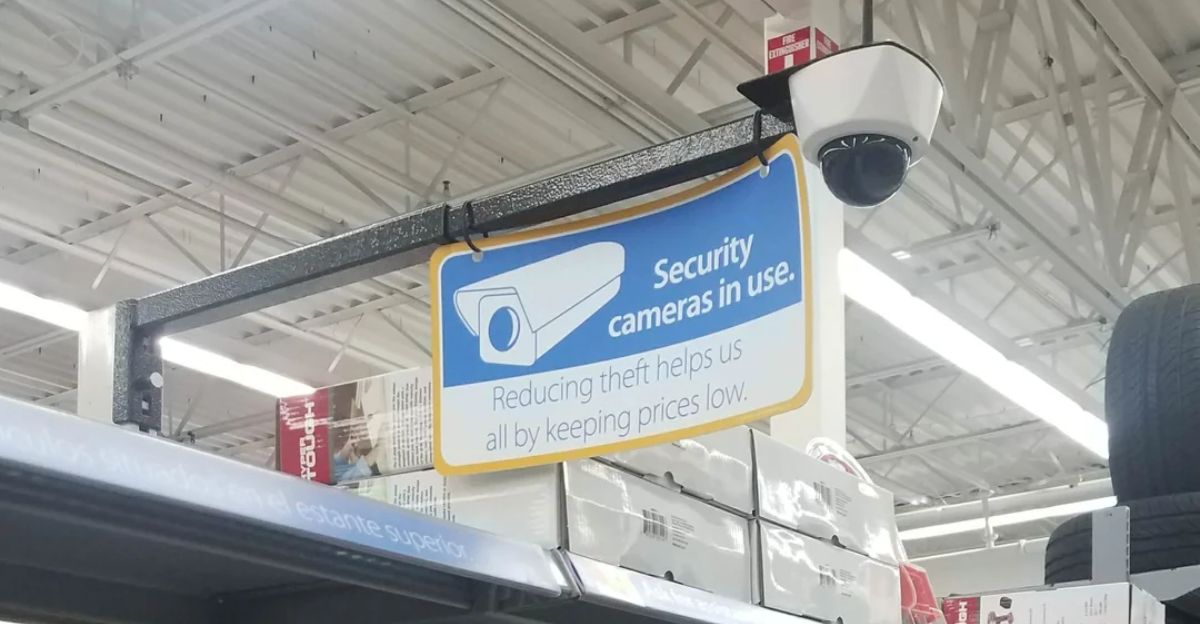
Retailers are bolstering security inside stores. Walmart now scans every receipt at exit and locks away high-theft items (like razor blades and over-the-counter drugs) behind glass. Many grocers have increased on-floor staff, CCTV cameras, and inventory tracking.
These measures help detect theft attempts in real time, but can slow down customers. Industry experts say a multi-layer defense — combining staff and tech — is now standard practice.
Rise of Organized Theft
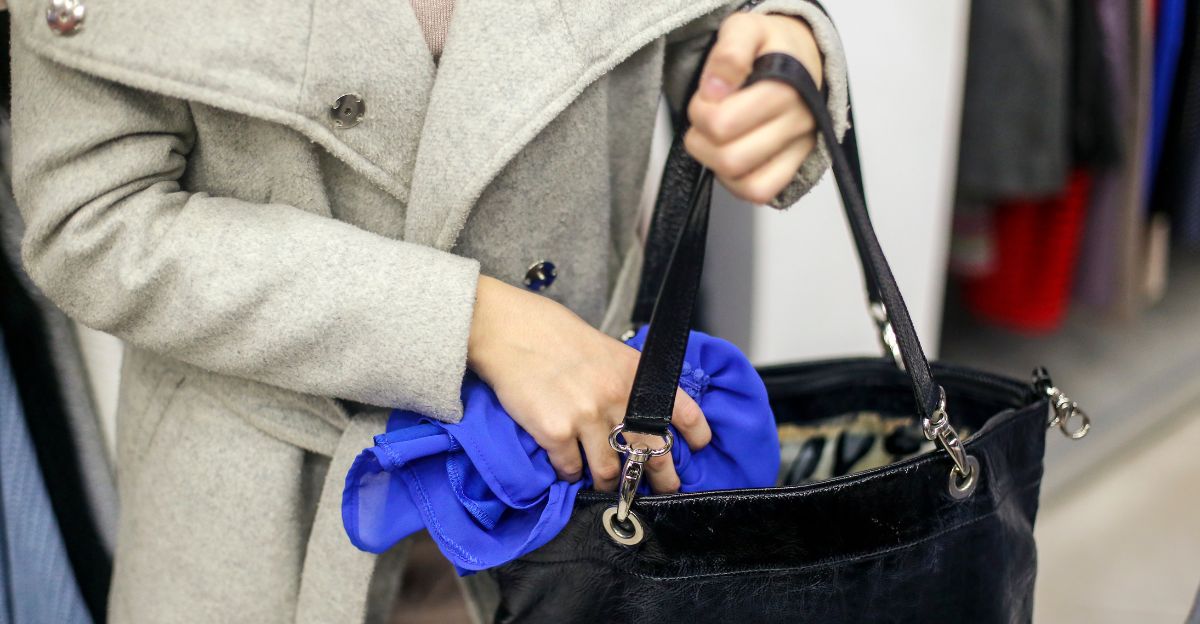
Retail shrinkage increasingly involves organized rings. 62% of retailers report more multi-person theft incidents than a year ago, and 57% saw a rise in organized retail crime from 2022 to 2023.
Legislators are responding: dozens of states have stiffened penalties, and Congress is considering federal anti-ORC bills. Meanwhile, chains are training employees to spot signs of coordinated theft in their aisles.
Cashier-Free Stores Struggle
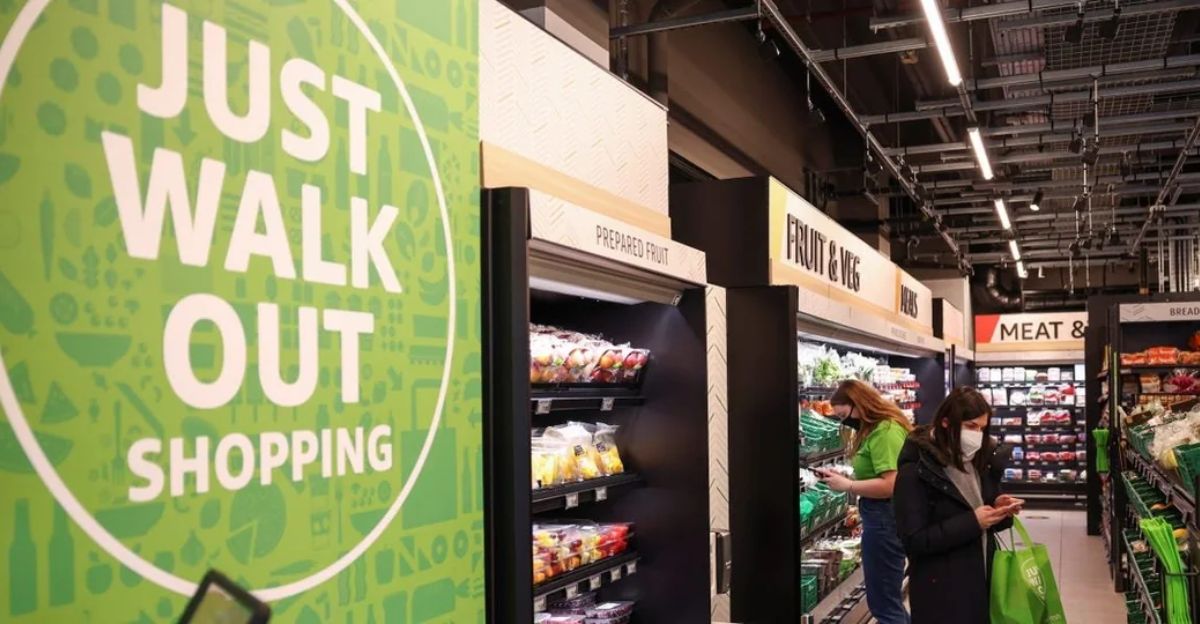
Even high-tech, cashier-free models have pitfalls. Amazon’s “Just Walk Out” stores in the UK use cameras and AI, but a 2024 report found employees in India reviewing 70% of transactions behind the scenes.
Faced with complexity and cost, Amazon is now shifting to “smart cart” scanners instead of fully unattended shops. The lesson: “AI-powered” retail often still needs human eyes.
The Path Forward
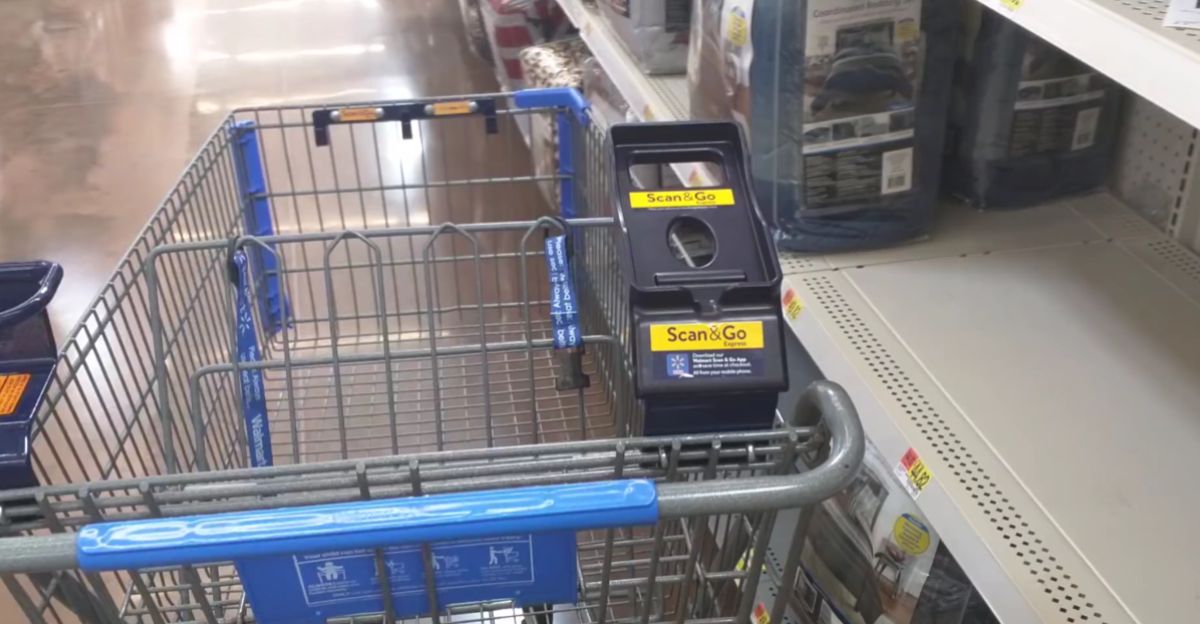
Retailers are experimenting with compromise solutions. Walmart has expanded its Walmart+ “Scan & Go” mobile app, letting members scan groceries on their phones and use the checkout kiosk without staff.
Some stores now dedicate specific lanes to app-scanning customers while keeping others open to all. The approach mixes technology and personal service. Industry experts say each community will find its own balance of speed and security.
New Equilibrium in Retail
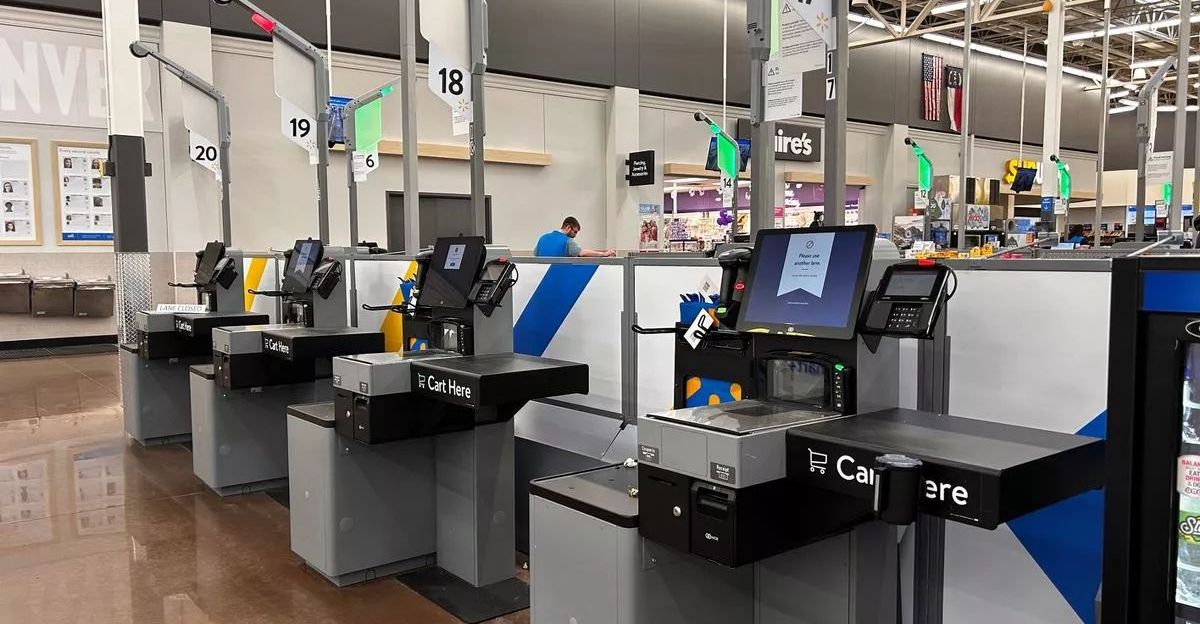
Walmart reports it has no broad plans to remove self-checkout nationwide, focusing instead on local testing and feedback. Many retailers are similarly cautious, opting for a mix of staffed registers and protected self-service.
The emerging norm likely combines human oversight and select automation. In short, U.S. stores are seeking a new equilibrium—one that preserves efficiency without repeating past mistakes